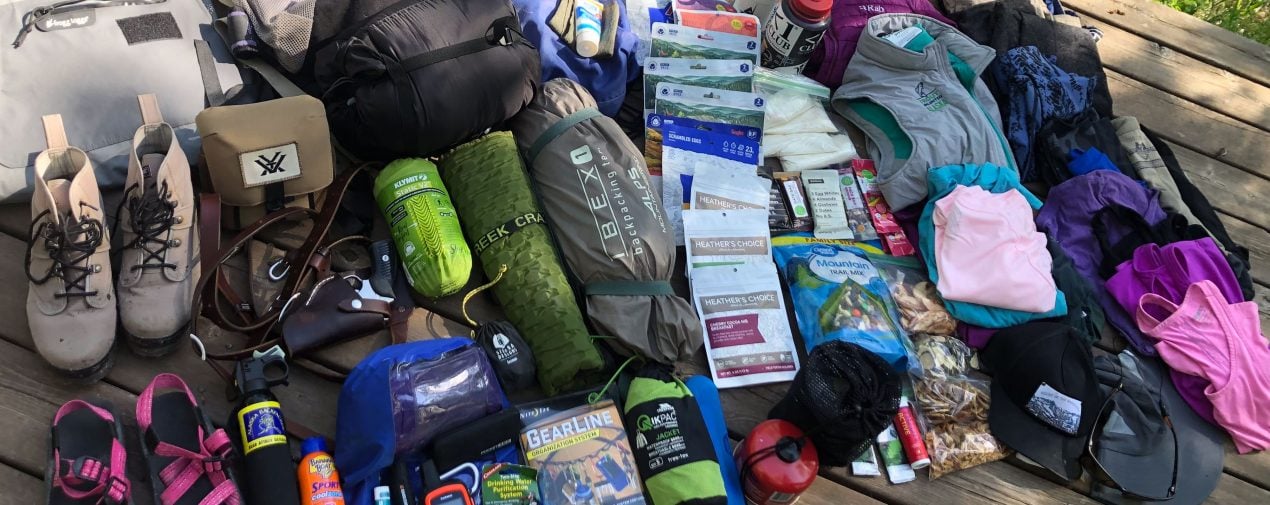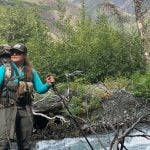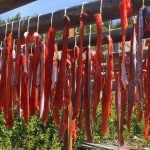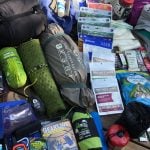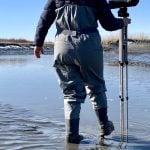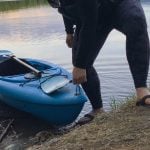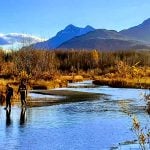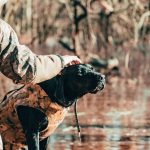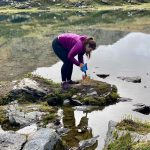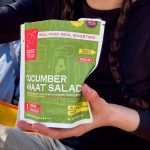Fall Hunt Prep Begins Now: How to Dial-in Your Setup and Start Conditioning
It seems as if just a couple weeks ago, I was wandering around the tundra in -40° temperatures looking for caribou. Fall feels very far away. The bad news is that summer always goes faster than we wish it would, but the good news is that it means the start of another hunting season is just around the corner. The moral of the story is that the time to start preparing for your fall hunt is now.
Is hunting reserved only for super fit individuals with a dialed in plan? Absolutely not. Does a little bit of prep go a long way towards having more fun while on your pursuit and increase your odds of success? Definitely. Whether you finally drew a tag for your dream sheep hunt or are chasing whitetail in your back 40, there are many steps you can take during the spring and summer to get ready.
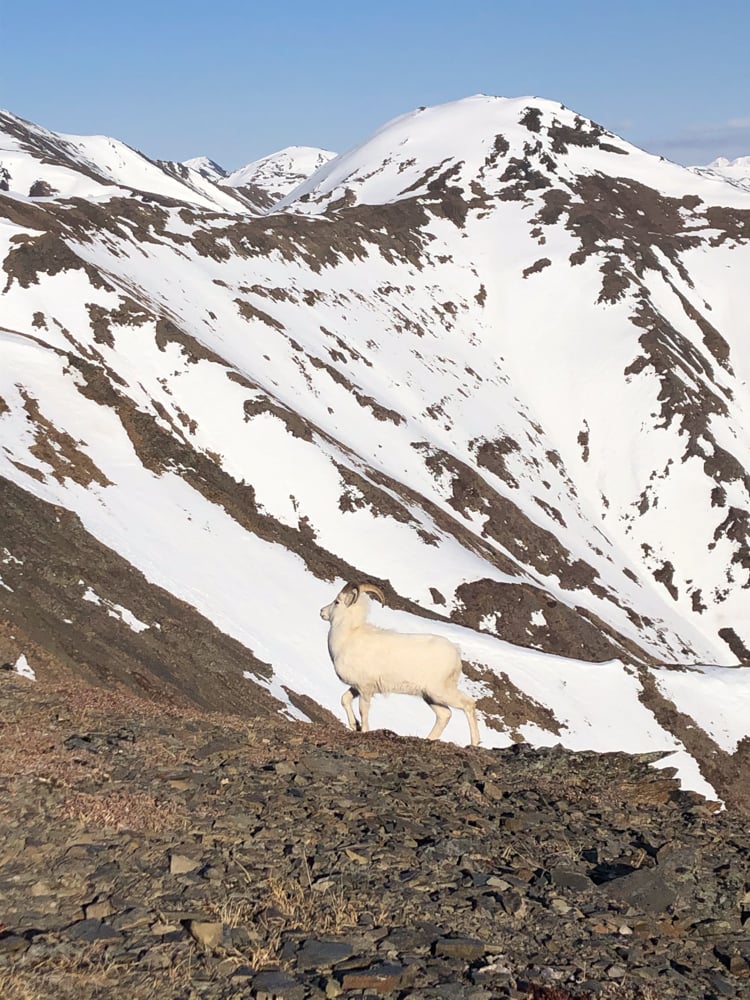
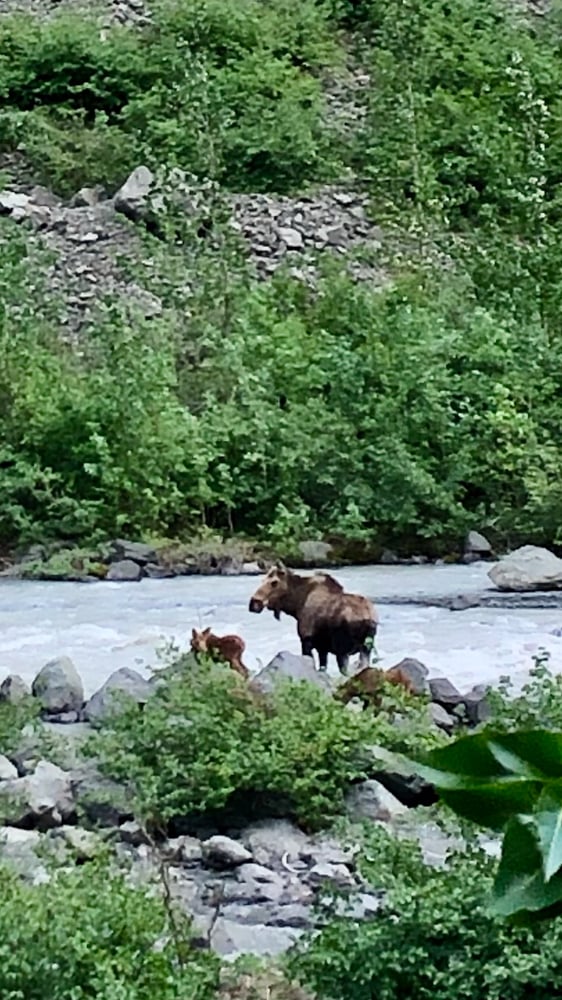
Learn the Law of the Land
Even the most experienced hunters should take time each year to brush up on the regulations, but this is especially an important step if you are new to the sport, hunting a new area, or chasing a different species. Hunting violations can lead to the surrender of your harvest, loss of your license, hefty fines, and more depending on the situation. Ignorance is never an excuse. Be sure you understand regulations surrounding the season rules, unit boundaries, harvest requirements, legality of the species, weapon restrictions, tagging/check station needs, and more.
Always get your information straight from the current set of regulations, never from social media or word of mouth. Rules change and emergency orders get issued. A copy of the regulations for your area should be available for download online or anywhere that sells hunting licenses. Regulations can often be difficult to interpret. Any questions should be directed to your local fish and game office or conservation officer, who are always happy to supply information to help you stay legal.
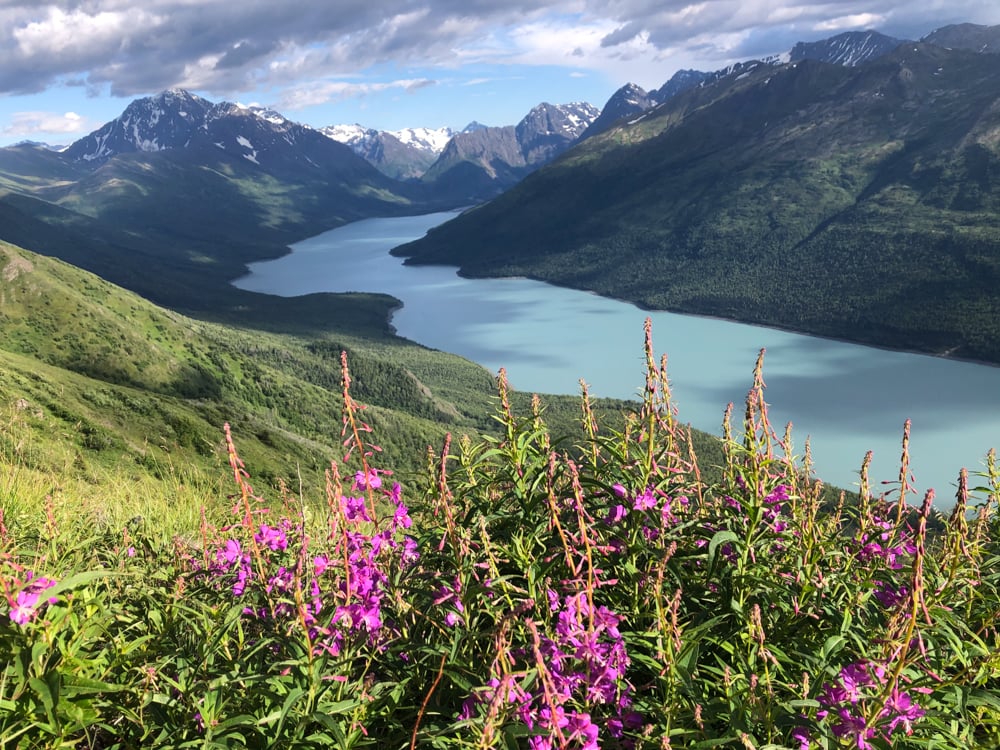
Do Your Homework
In an ideal world, we would all have unlimited time to explore the outdoors and easy access to our favorite hunting grounds. For most of us, this is far from reality. Even one or two scouting trips ahead of time can provide valuable information about the terrain, vegetation, and species present, but there are steps you can take to prepare remotely for your hunt.
We are fortunate enough to live in a time where an abundance of information is at your fingertips. Learning what your chosen species eats, known migration routes, and breeding behaviors can help you select an area to hunt and method of pursuit. In addition, check out different topographic maps and satellite photos. You can learn a lot about an area just by the terrain.
The vegetation will be much different in lowlands near a river delta than a steep summit. North facing slopes versus south facing slopes will get very different amounts of sunshine late in the season. I love using OnX apps to check out an area before I go, downloading offline maps for times without service, and dropping pins ahead of time when I see a good area to check out.
Field Test Your Gear
This applies to both new and old gear ranging from the boots you wear to the meals you plan to eat. Were you lucky enough to get a new pair of boots for Christmas or splurge and buy a new pack on Black Friday? While it’s tempting to “save” them until your big trip, you will want to get familiar how they perform now. Get your boots broken in ahead of time, make sure your clothing doesn’t chafe, and your pack fits everything you need it to.
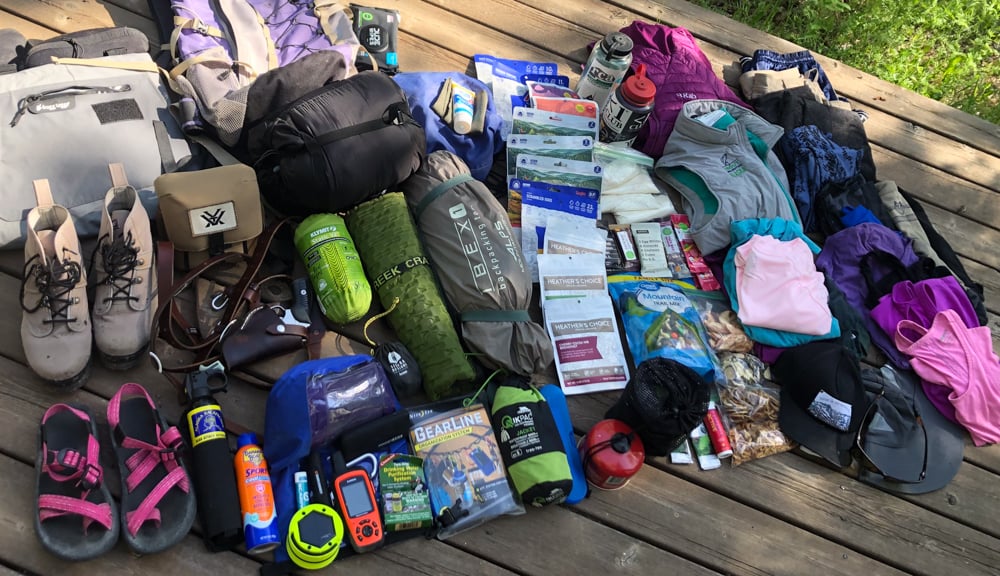
Do you plan on reusing a favorite tent or pair of waders from years past? Pull them out now, give them a proper cleaning, and make any necessary repairs. Check everything even if it performed perfectly last season. I recently took my hip boots out of storage only to find they had developed a hole in a crease. I was glad to discover this now and not at 5:30am on a cold fall day walking through a wetland looking for ducks. If you do find damage, check in with the manufacturer.
More and more brands are offering repairs for a small fee, keeping your gear out of a landfill and money in your pocket. I recently tried out a pair of AdamsBuilt waders who offer repairs for just the cost of shipping.
Additionally, don’t forget about nutrition! Start thinking about your trail meals now. Try some new brands and make sure they get along with your digestive system to avoid feeling poorly in the field.
Hit the Range
Whether you have a new weapon or the same one you’ve had for years, get it sighted in now. Often, our weapons sit unused during the winter. Getting jostled around in the gun safe or stuffed into a case can cause small changes. We all know a small change is amplified when aiming 300 yards out.
If you are new to hunting or using a new type of weapon, it’s also important to gain confidence and proper habits before you head out. Many gun ranges, membership organizations, and even fish and game educational programs offer sight-in days and instruction. While you’re at it, make sure your binoculars, scope, and other optics are ready to go. Vortex offers some great advice on how to clean your binos. This is also a great time to stock up on the ammunition you will be using to avoid last-minute shortages and consider going lead free. You will want to practice ahead of time with whichever ammunition you choose to use as they all perform a bit differently.
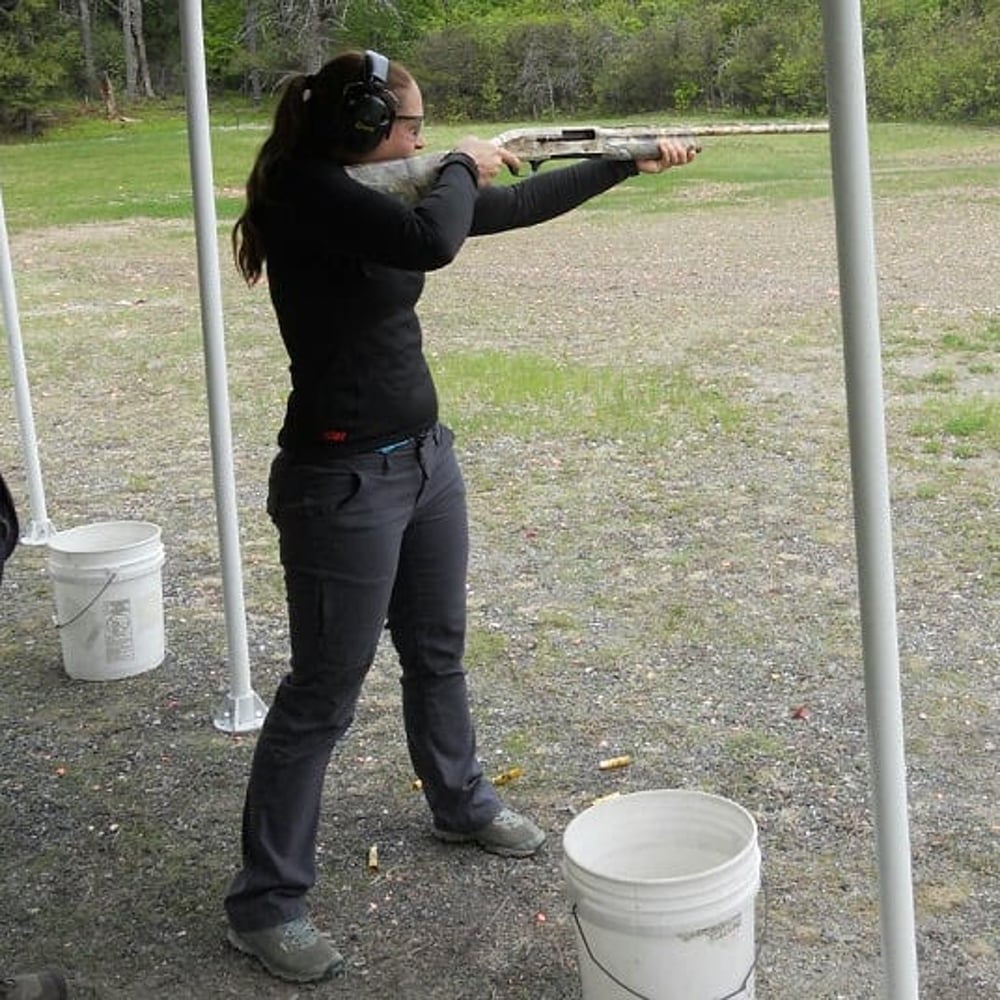
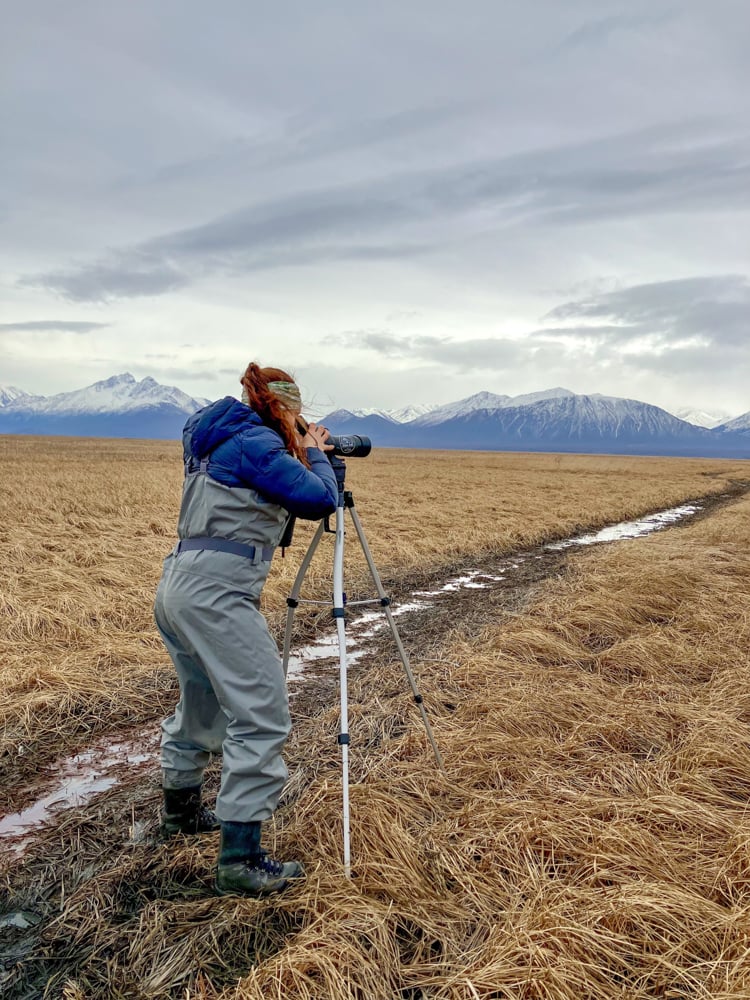
Take a Hike
They say the best time to start working on your fitness is yesterday. The second-best time is today. Build up your strength, cardio, and mileage throughout the summer. Ideally, you can train in terrain similar to what you will be traveling on during the fall. Walking or running on the treadmill is good, but getting your body used to traveling over uneven terrain will be more helpful in the long run.
Don’t have access to varied terrain? Add in some stair workouts or do some plyometrics. As you get stronger, start adding weight to your pack. Weighted vests can be helpful, but loading your pack will more closely mimic the uneven load you’ll hopefully be carrying when you’re packing out an animal. For extra weight, I use items found around the house.
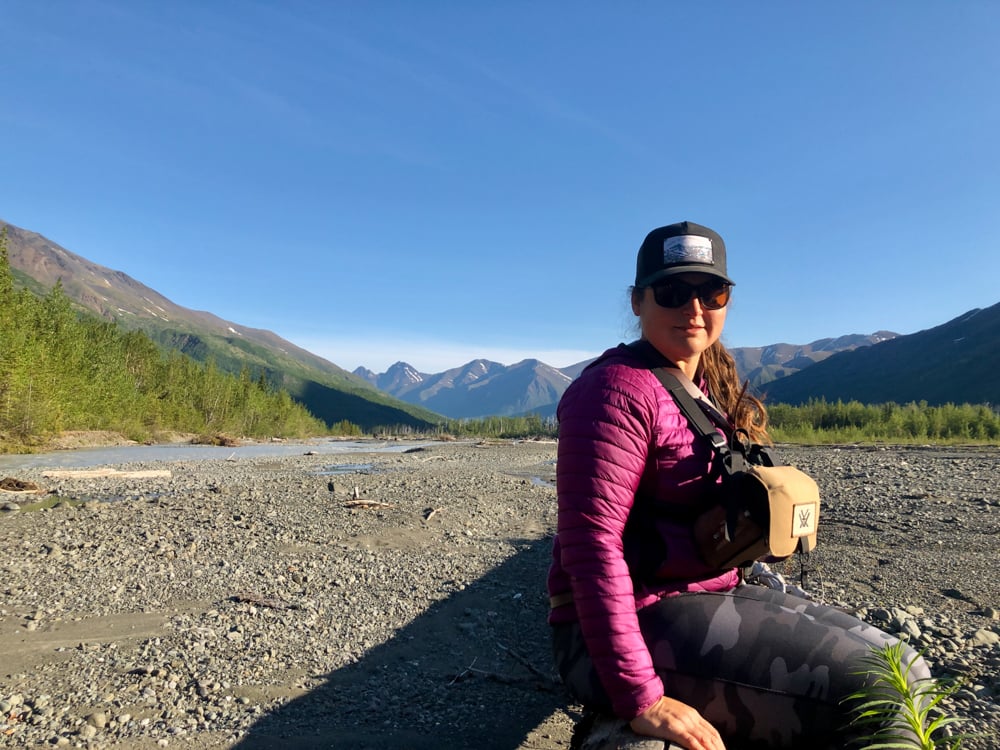
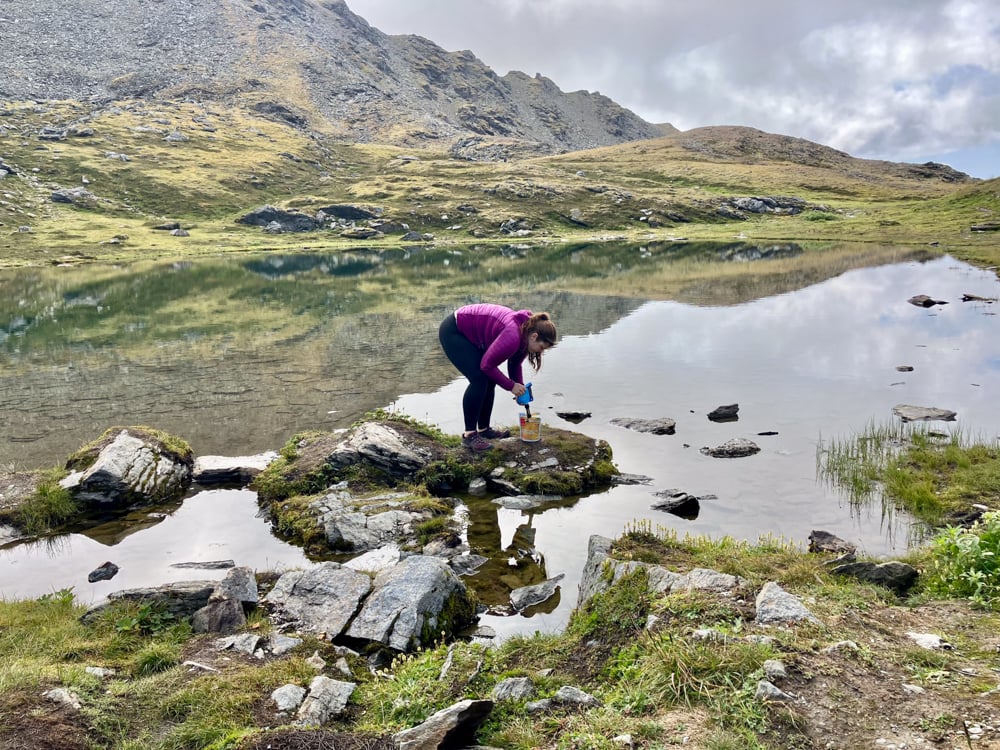
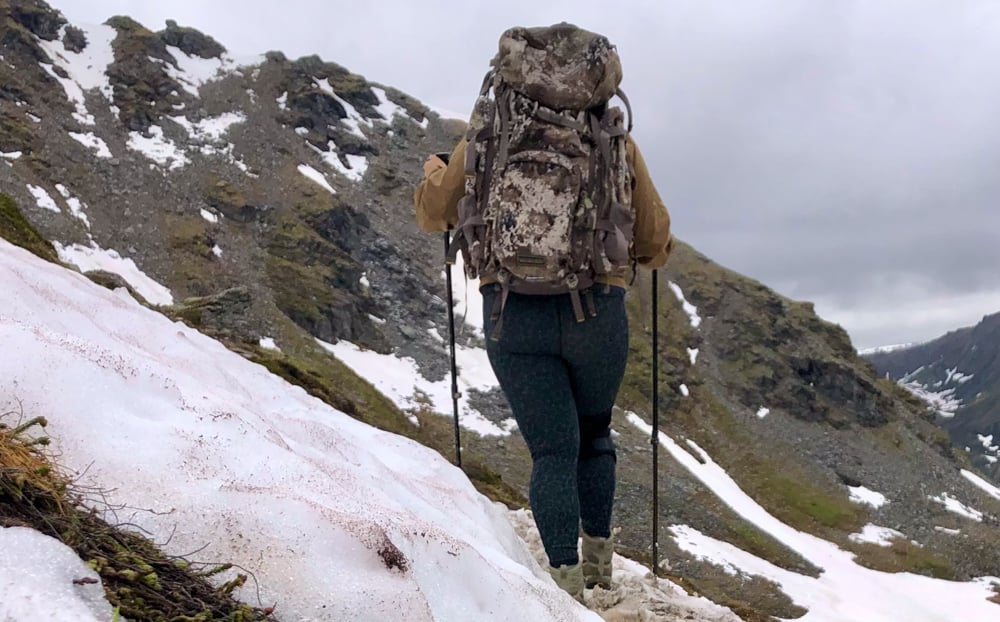
I start by adding extra gear to my day pack, then progress to carrying large amounts of water. Finally, I’ll throw a bag of sand in my pack before hiking. This is also a great time to field test your clothing, footwear, and food for the fall. Nutrition during the preseason is just as important. Good To-Go now offers a variety of healthy freeze-dried meals that can be prepared with cold water. These are a great option to grab on your way out the door for that training hike.
Make a List and Check it Twice
Make a list now of everything you plan to use for the fall. Compare it with your current gear inventory. If you need to purchase additional items, do so sooner rather than later to avoid the stress of shipping delays and seasonal shortages.
Look through your first aide kit and other emergency supplies. Replace expired medications and items used last season. Plan to be self sufficient for a few extra days in case of an emergency. Success is never guaranteed, so carry enough food to last the entire length of your trip and beyond.
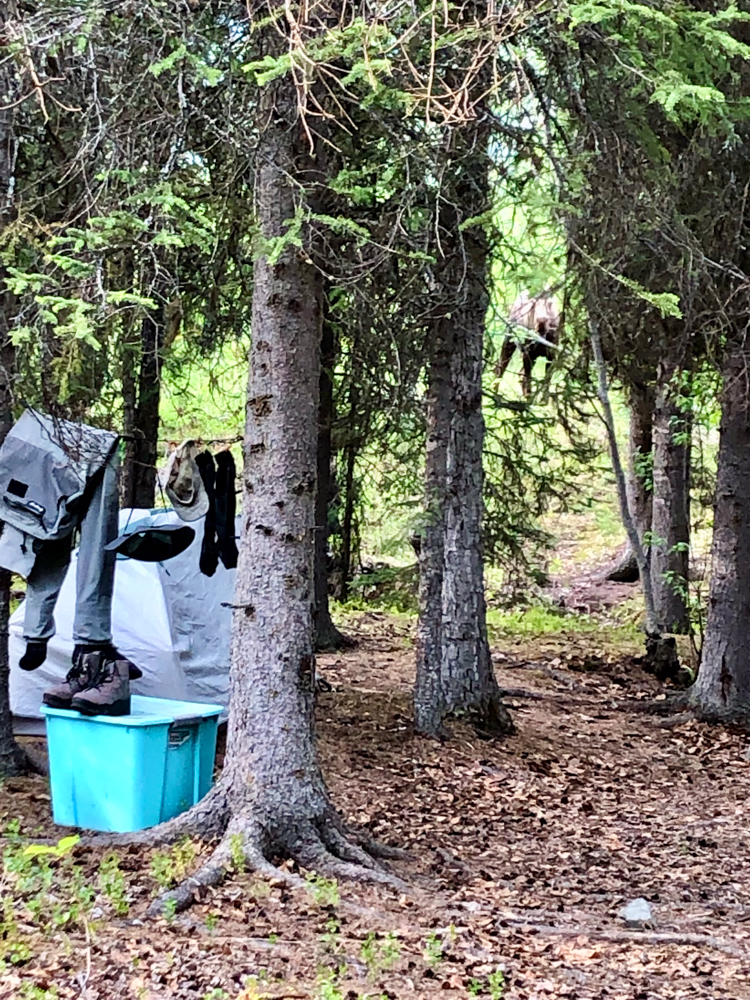
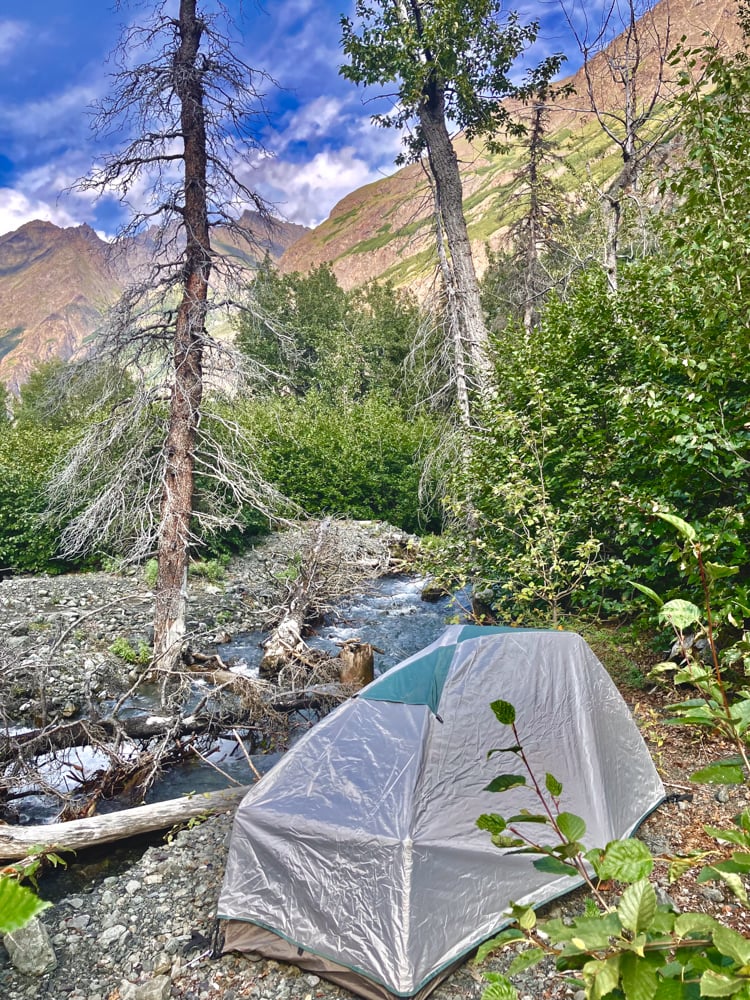
Be prepared to filter or treat drinking water. The Grayl filtration system has never let me down and has filtered water from many questionable sources. Revisit your list every few weeks to make modifications and adjust plans if you find a particular item is not working for you. Your goal here is to avoid last minute stress and not to forget a vital piece of gear.
Final Thoughts
Though this list may feel like overkill, every little bit of work you put in now will help you feel less stressed, confident, and unrushed when it’s go-time. If you are new to the sport, do some research ahead of time, but don’t be afraid to seek out a mentor or ask questions from someone more experienced.
Though most people will keep their “secret spot” guarded, they will be more than happy to share advice on gear and general tactics. Most importantly, get excited about your upcoming adventure. Every day you spend (properly prepared) in nature is a good day.
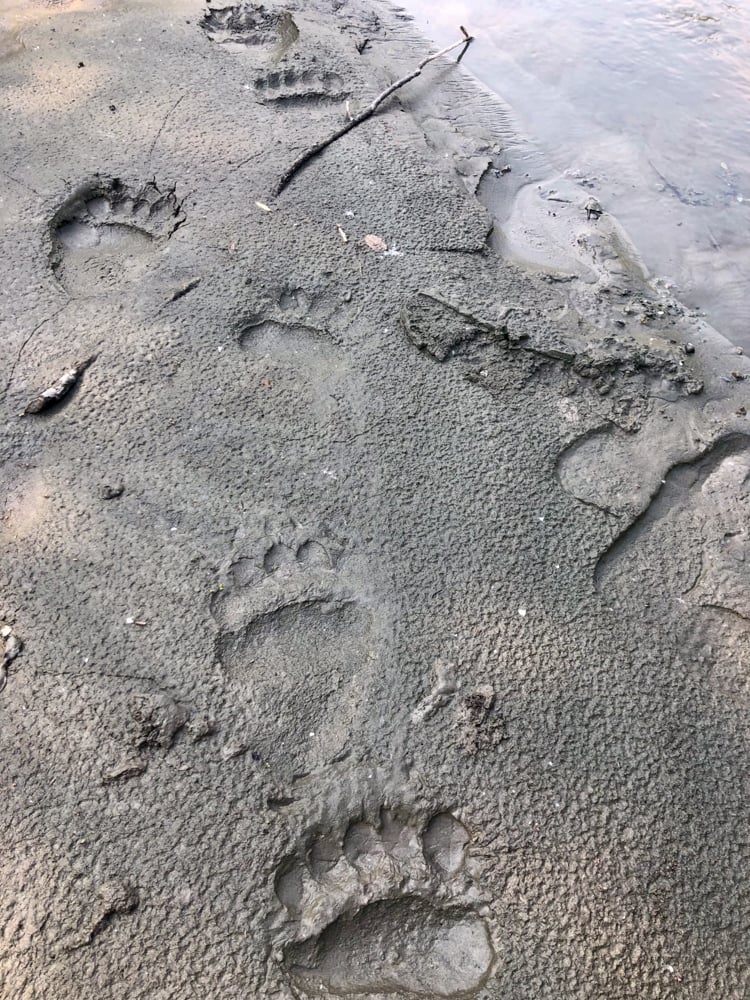
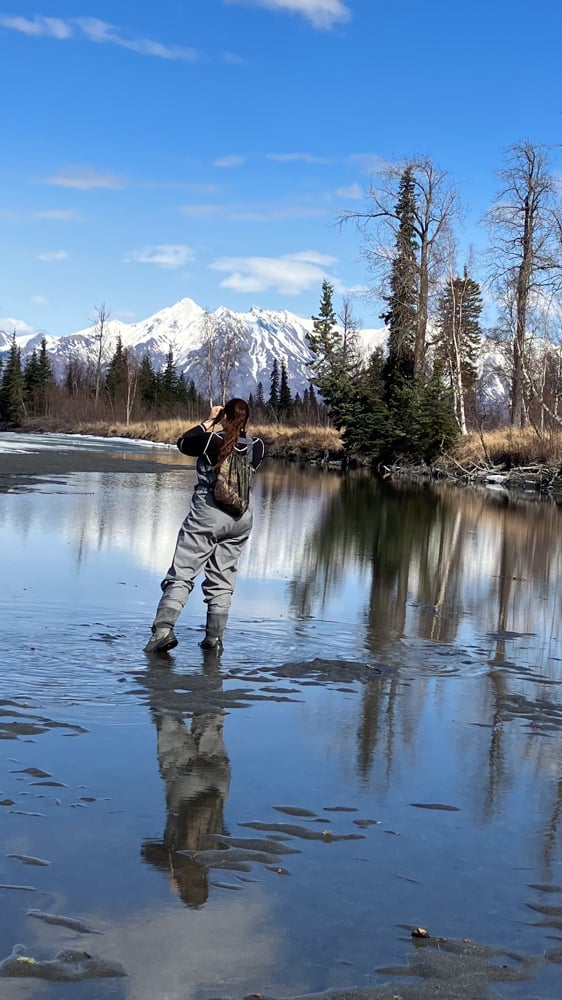
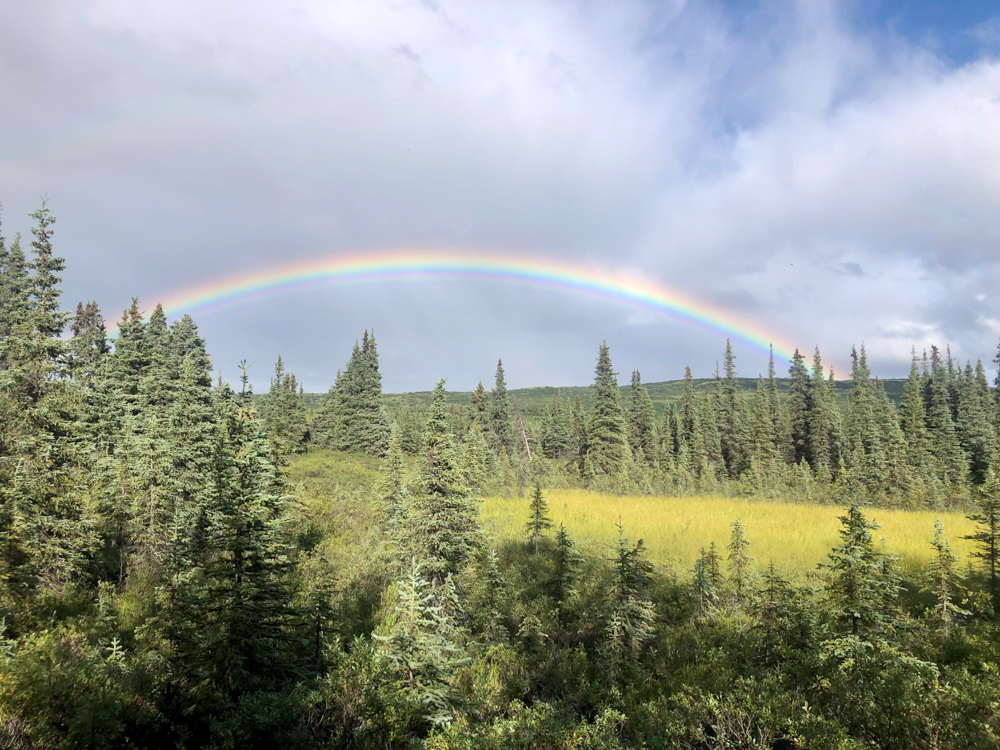
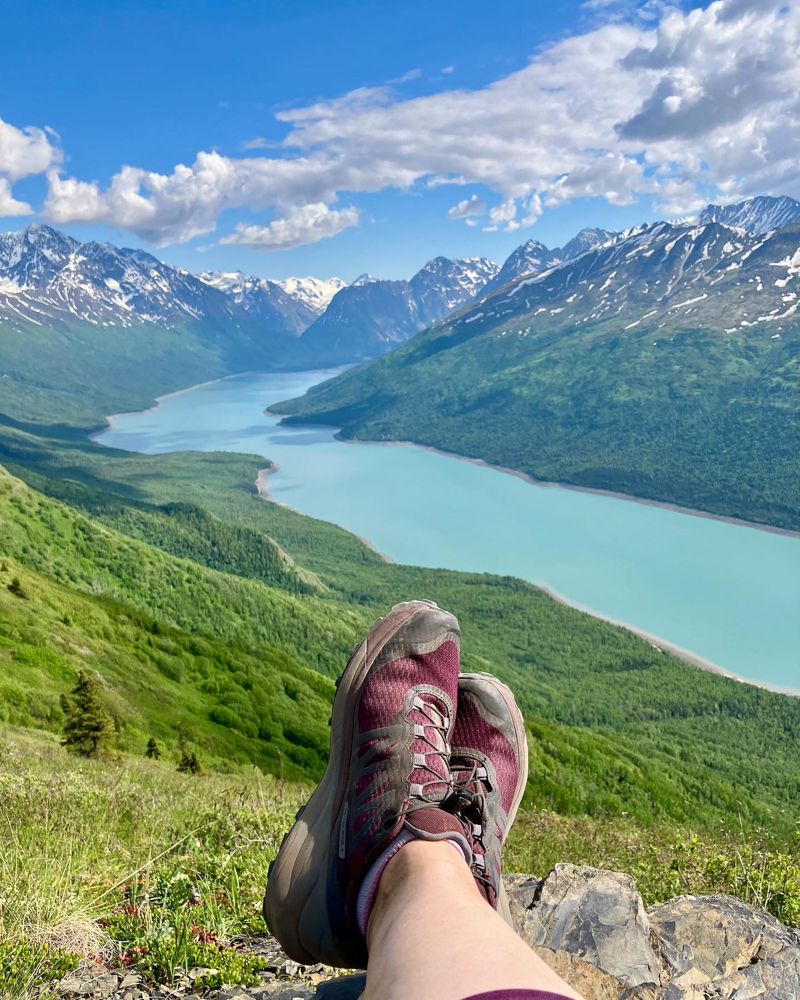
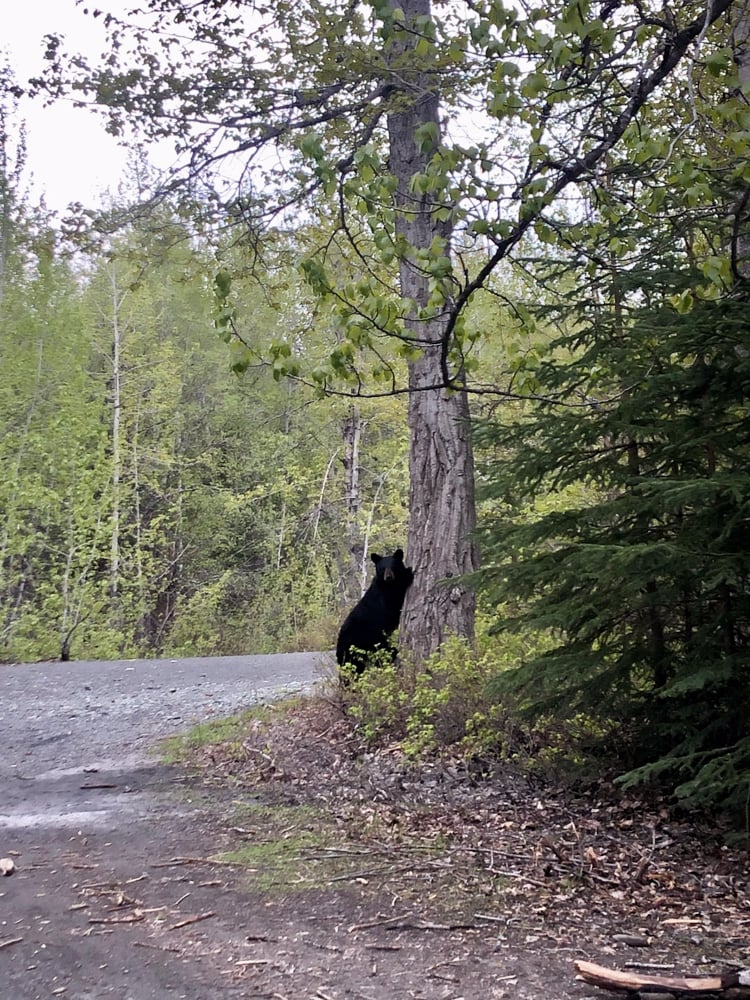
About the Gear Tester
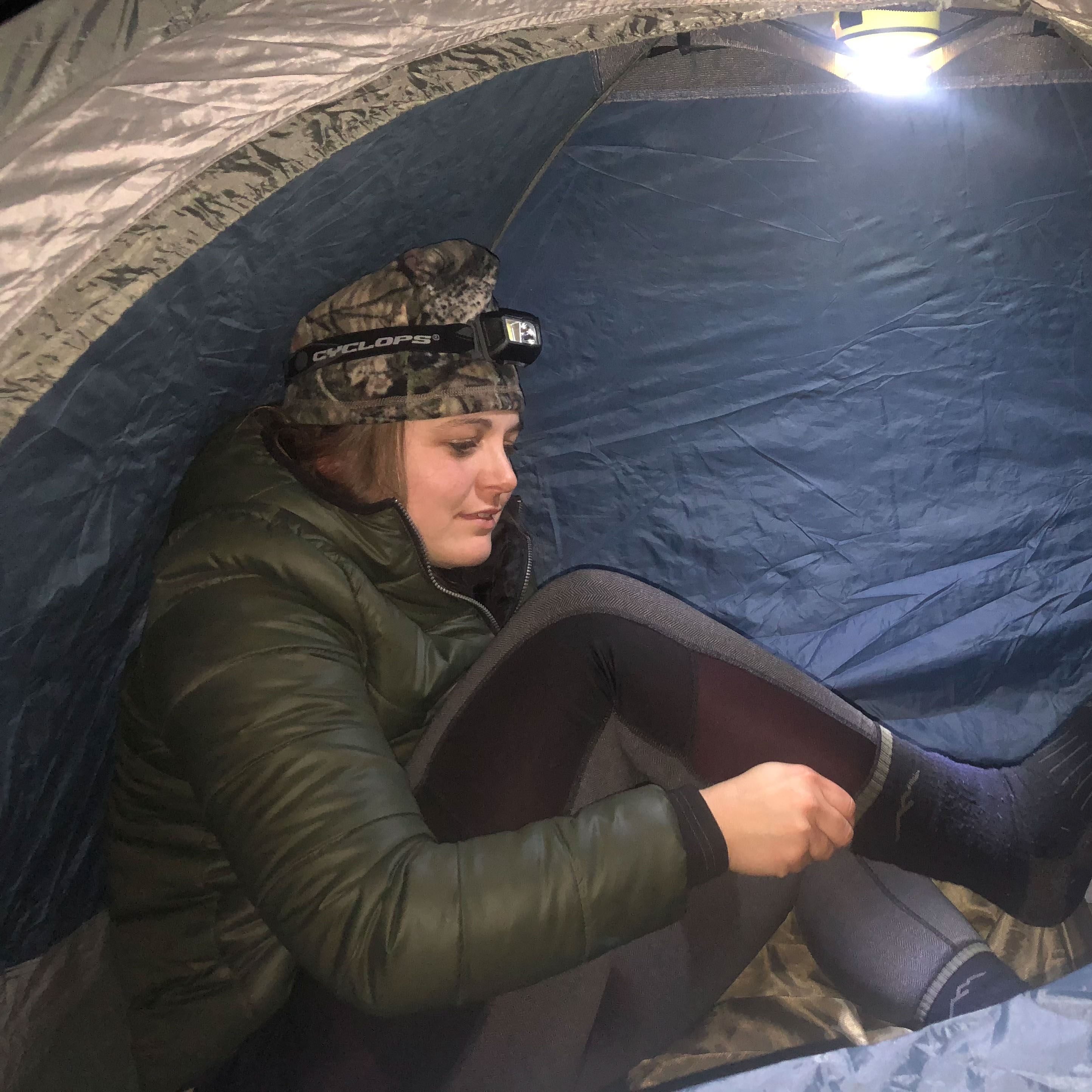
Michelle Beadle
Michelle currently resides in Alaska working and volunteering in the conservation field for various government, tribal, and non-profit entities on projects in remote areas. When not at work, you can find her hiking, skiing, climbing, horseback riding, running, biking, hunting, fishing, or trying out new ways to explore the outdoors. She can be found on Instagram under michelle_ventures.

